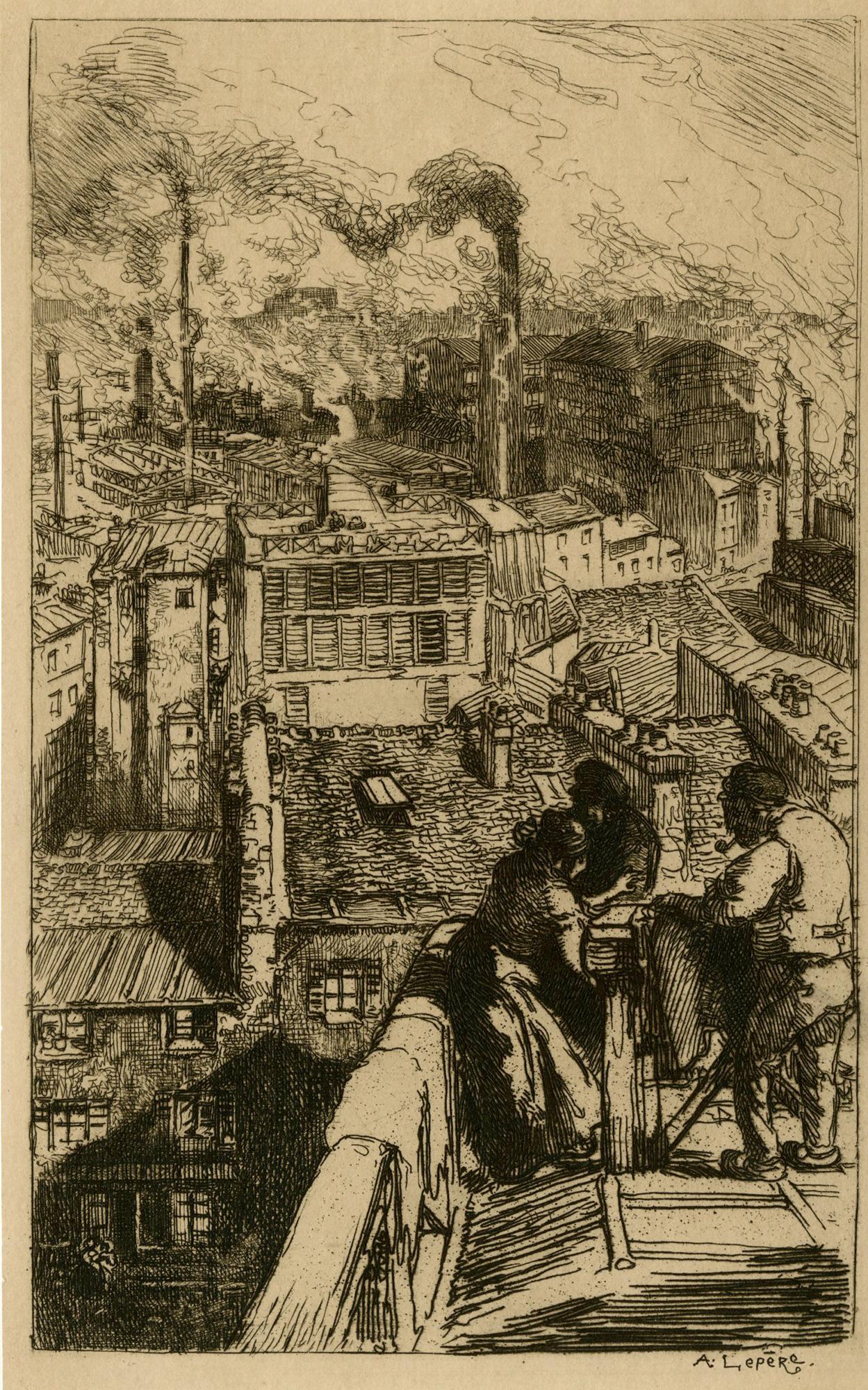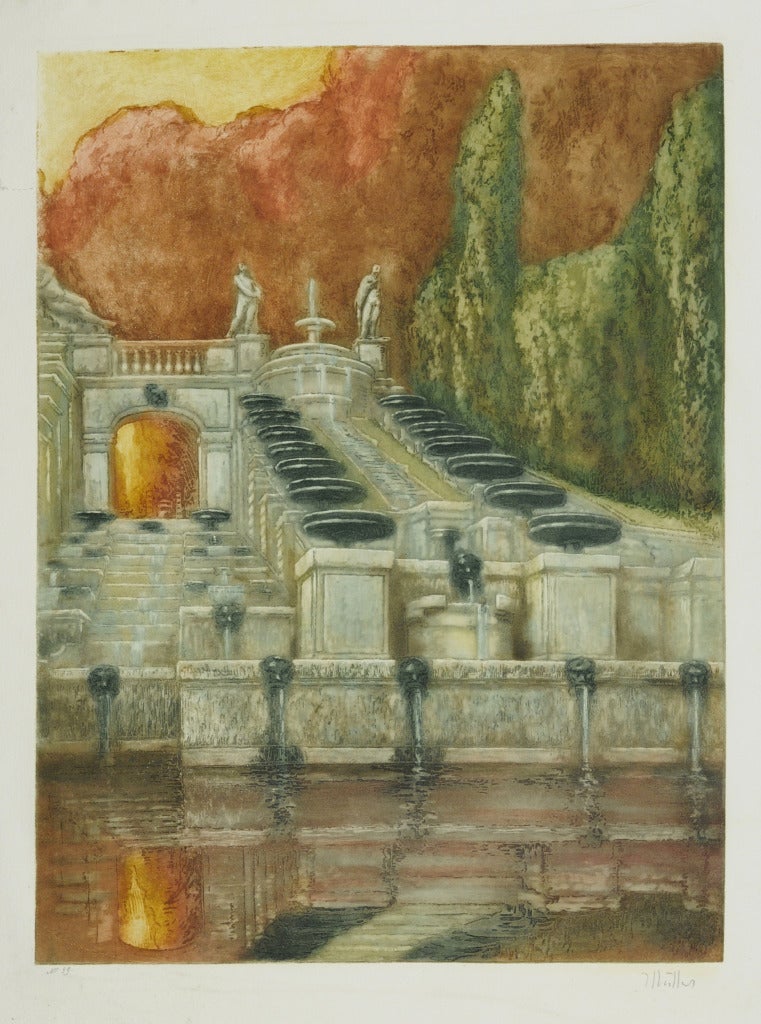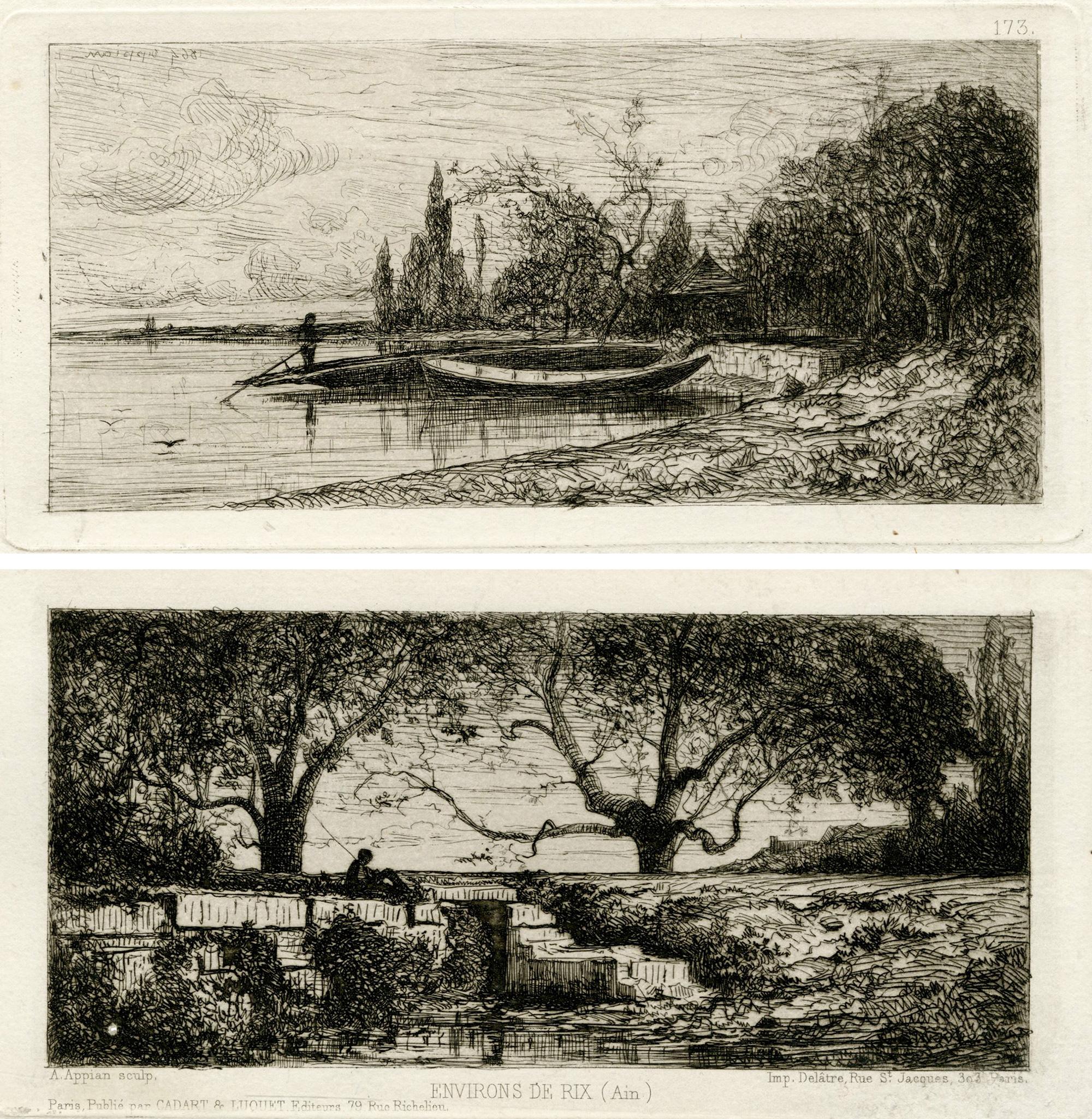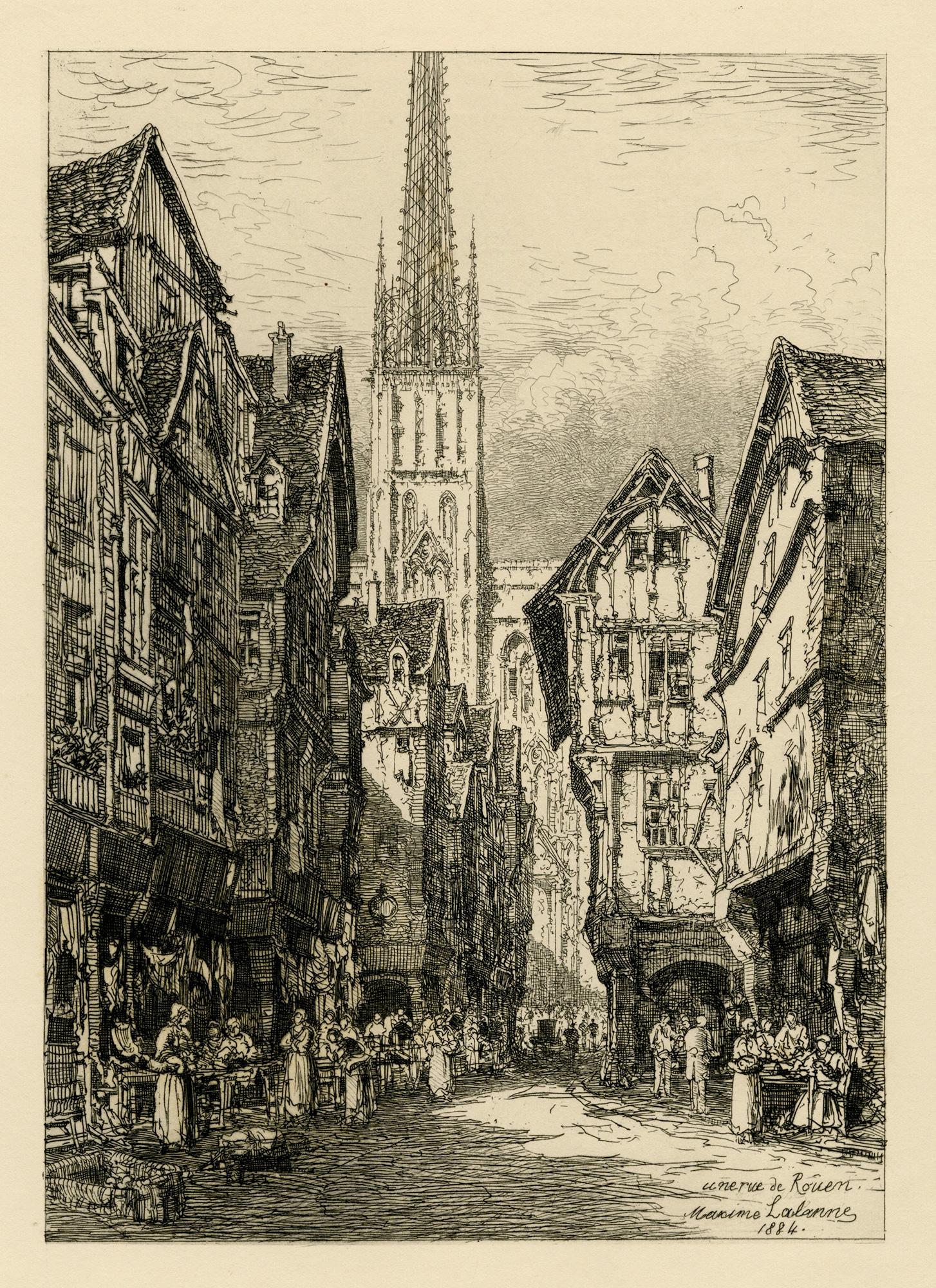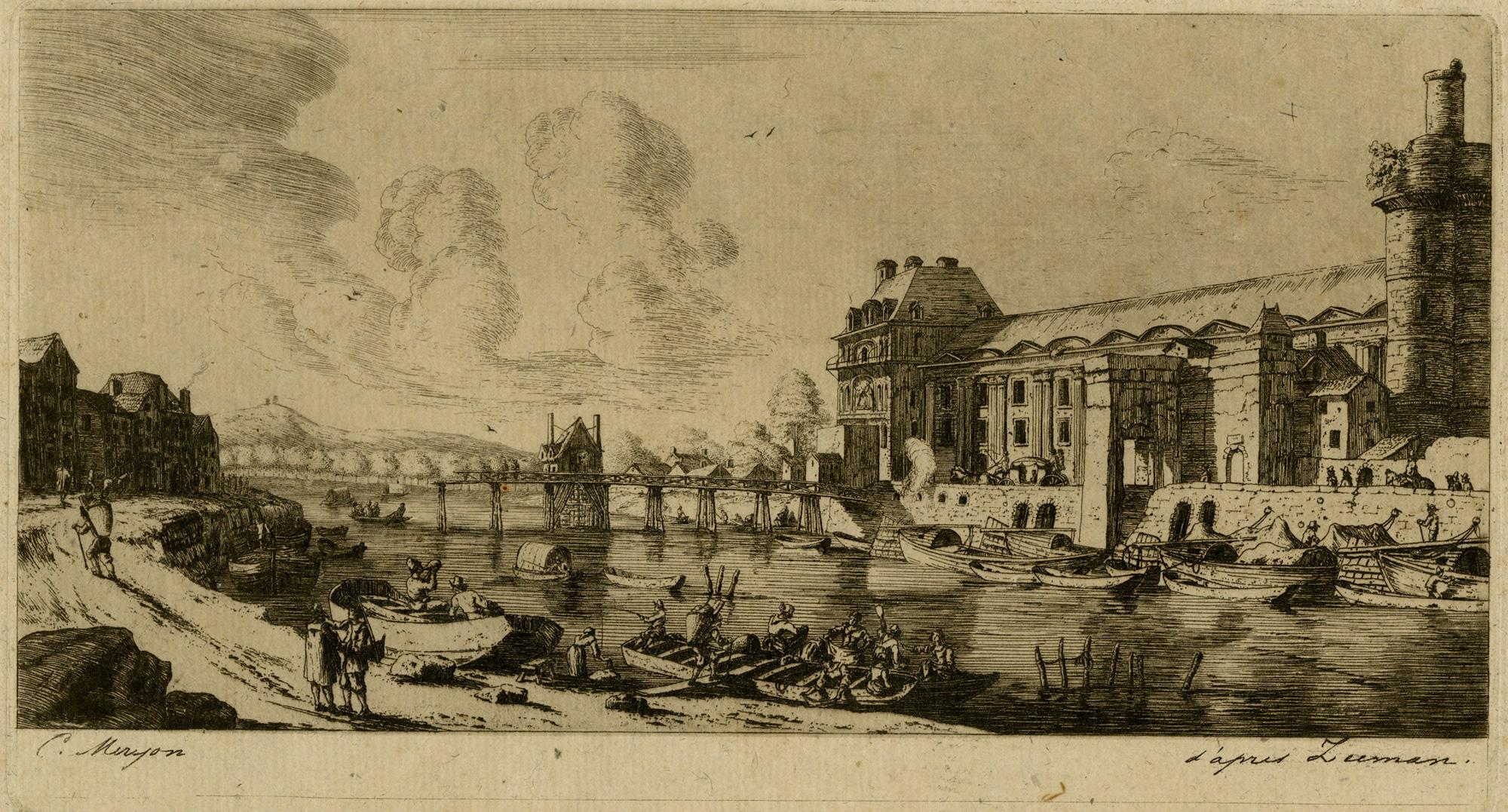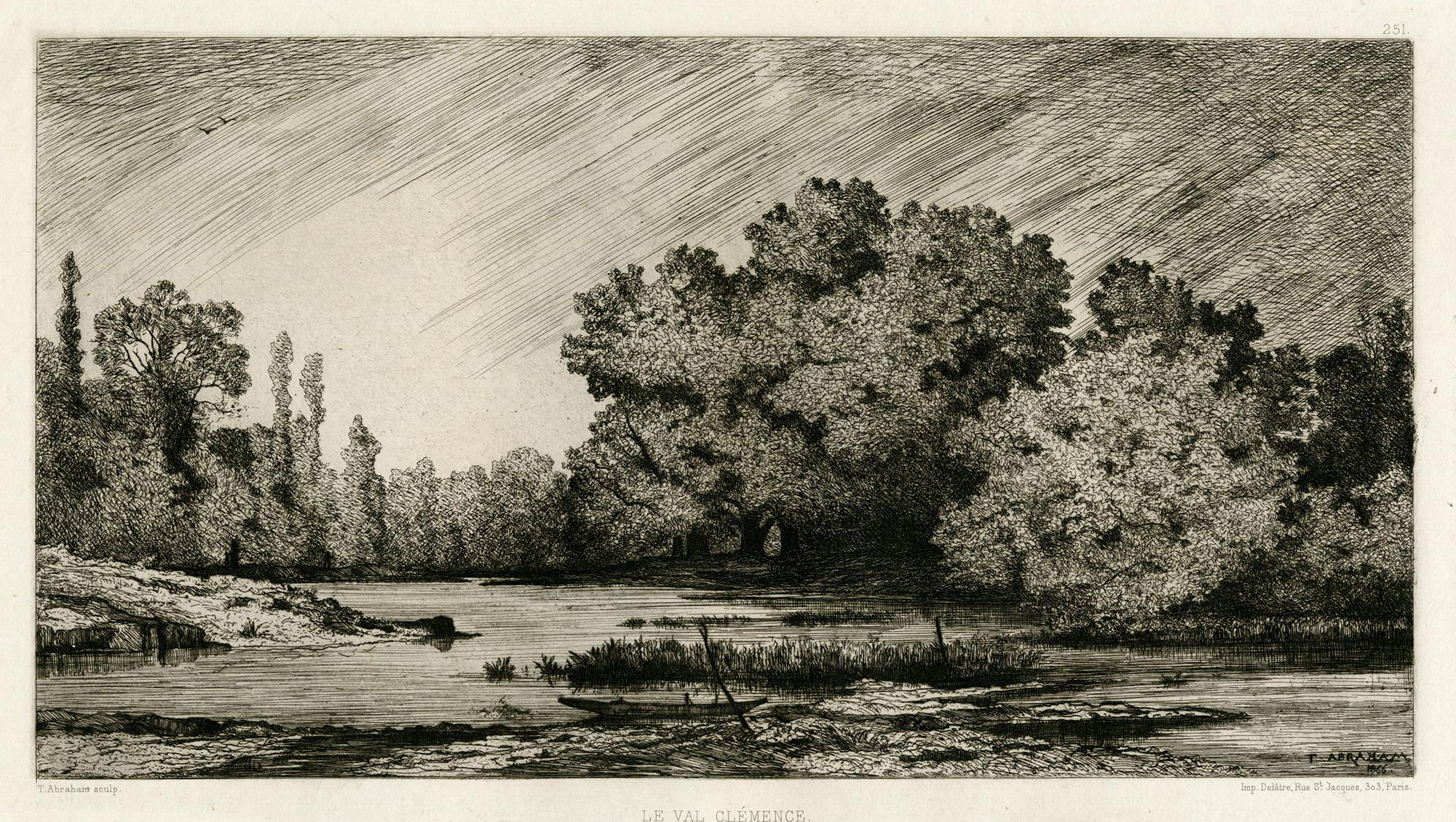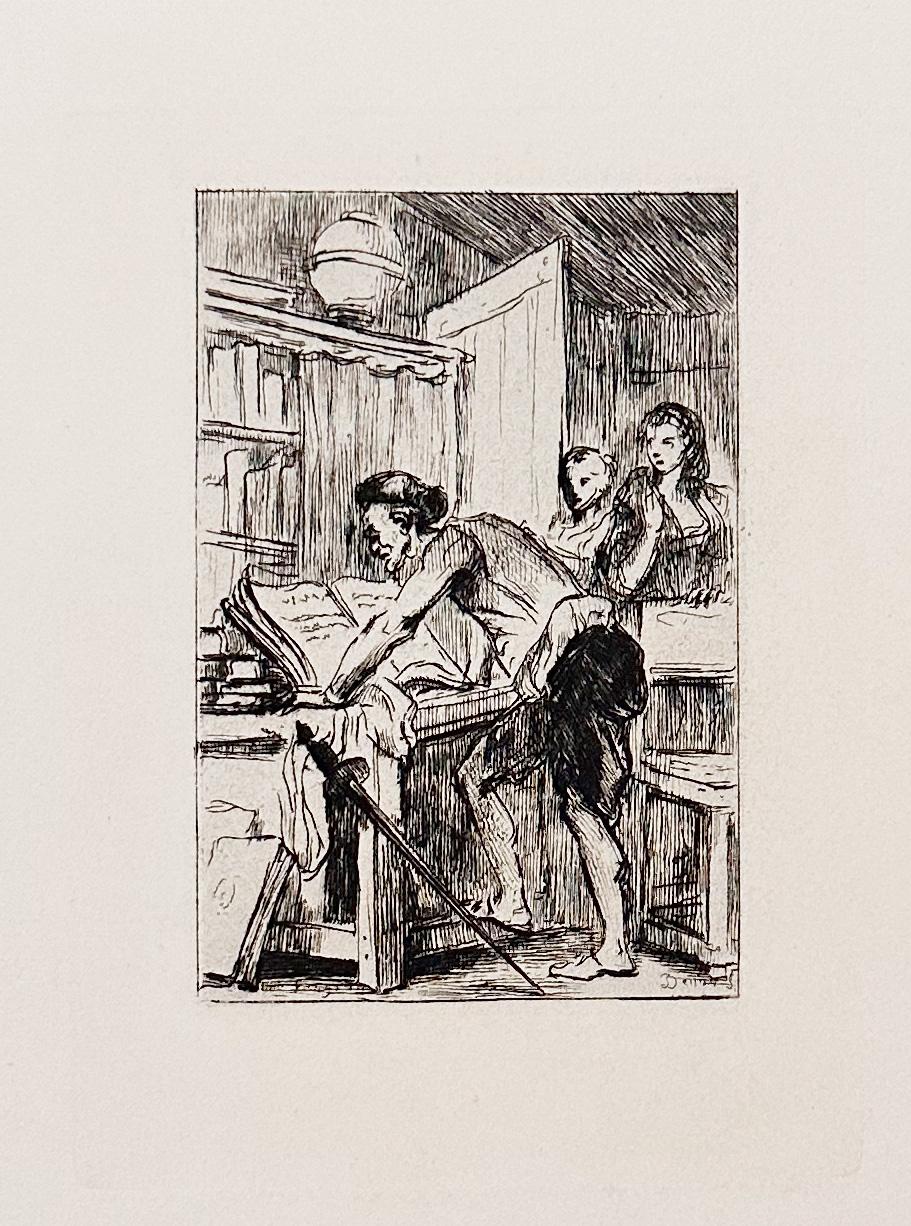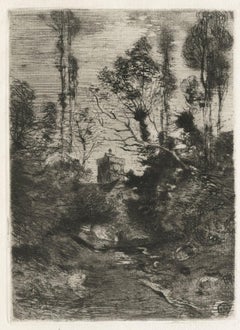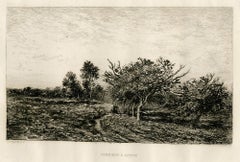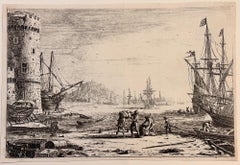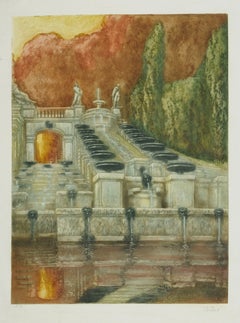
La Grande Cascade de Saint Cloud
View Similar Items
Want more images or videos?
Request additional images or videos from the seller
1 of 11
Alfredo MüllerLa Grande Cascade de Saint Cloud1905
1905
$600List Price
About the Item
- Creator:Alfredo Müller (1869-1940, Italian)
- Creation Year:1905
- Dimensions:Height: 29.375 in (74.62 cm)Width: 22 in (55.88 cm)
- Medium:
- Movement & Style:
- Period:
- Condition:Very good original condition.
- Gallery Location:Fairlawn, OH
- Reference Number:Seller: FA76591stDibs: G130805140215
About the Seller
5.0
Recognized Seller
These prestigious sellers are industry leaders and represent the highest echelon for item quality and design.
Gold Seller
Premium sellers maintaining a 4.3+ rating and 24-hour response times
Established in 1978
1stDibs seller since 2013
795 sales on 1stDibs
Typical response time: 1 hour
Associations
International Fine Print Dealers Association
Authenticity Guarantee
In the unlikely event there’s an issue with an item’s authenticity, contact us within 1 year for a full refund. DetailsMoney-Back Guarantee
If your item is not as described, is damaged in transit, or does not arrive, contact us within 7 days for a full refund. Details24-Hour Cancellation
You have a 24-hour grace period in which to reconsider your purchase, with no questions asked.Vetted Professional Sellers
Our world-class sellers must adhere to strict standards for service and quality, maintaining the integrity of our listings.Price-Match Guarantee
If you find that a seller listed the same item for a lower price elsewhere, we’ll match it.Trusted Global Delivery
Our best-in-class carrier network provides specialized shipping options worldwide, including custom delivery.More From This Seller
View AllLa Grande Cascade de Saint Cloud
By Alfredo Müller
Located in Fairlawn, OH
La Grande Cascade de Saint Cloud
Color aquatint on watermarked Arches J Perrigot paper, 1905
Signed by the artist in pencil lower right. (see photo)
Edition: 100. Numbered "39" in ...
Category
Early 1900s French School Prints and Multiples
Materials
Aquatint
untitled (Fishing Boats, Normandy)
By Kamesuke Hiraga
Located in Fairlawn, OH
untitled (Fishing Boats, Normandy)
Soft Ground Etching, 1930
Signed and dated in pencil by the artist
Sealed by the artist
Annotated "Paris"
Possibly a view of a fishing port in Norm...
Category
1930s French School Landscape Prints
Materials
Etching
Westminster Palace
By Félix Hilaire Buhot
Located in Fairlawn, OH
Westminster Palace
Etching, Drypoint, Aquatint, roulette and salt ground lift
1884
Depicts the Houses of Parliament, Big Ben Clock and Tower and the...
Category
1880s French School Landscape Prints
Materials
Etching
L’Angelus (The Bell Tower)
By Félix Hilaire Buhot
Located in Fairlawn, OH
L’Angelus (The Bell Tower)
etching & drypoint, c. 1876
Signed in the plate with the artist's initials (see photo)
Condition: Excellent
Image/Plate size: 5 7/8 x 4 1/4 inches
Sheet s...
Category
1870s French School Landscape Prints
Materials
Etching
Night Life at the Moulin Rouge
By Henry Somm
Located in Fairlawn, OH
Night Life at the Moulin Rouge
Pen and ink drawing, c. 1890
Signed lower left (see photo)
A scene of the night life near the Moulin Rouge, Paris. The Moulin Rouge is the famous caba...
Category
Late 19th Century French School Drawings and Watercolor Paintings
Materials
Ink
Dejeuner sur l'Herbe
By After Paul Cezanne
Located in Fairlawn, OH
Dejeuner sur l'Herbe
Lithograph, c. 1914
Edition: c. 100
Unsigned as issued by Vollard
References And Exhibitions:
Commissioned from Cezanne by Ambrose Vollard in the late 1890s
Prin...
Category
1910s French School Landscape Prints
Materials
Lithograph
You May Also Like
Les Quartier des Gobelins
By Auguste Lepère
Located in Middletown, NY
Paris: Gazette des Beaux Arts, 1896. Etching with aquatint on cream laid paper, 7 7/8 x 4 7/8 (200 x 125 mm), full margins. Edition of roughly 750. In good condition with uniform ton...
Category
Late 19th Century French School Landscape Prints
Materials
Laid Paper, Etching, Aquatint
Pommiers à Auvers
By Charles François Daubigny
Located in Middletown, NY
New York: Dodd, Mead, 1884.
Etching with aquatint on cream laid paper, 7 3/4 x 10 3/4 inches (196 x 272 mm), full margins. Light age tone, some very minor cockeling and a 1.5 inch v...
Category
Late 19th Century French School Landscape Prints
Materials
Laid Paper, Engraving, Aquatint
Harbour with a Round Tower
By Claude Lorrain
Located in Middletown, NY
1641. Etching on cream wove paper, 5 1/16 x 7 11/16 inches (128 x 195 mm), narrow margins. Printed 19th century on a remainder which has a partially trimmed, printed image of a Virgi...
Category
Mid-17th Century French School Figurative Prints
Materials
Handmade Paper, Etching
Chaland au bord d'une rivière; Environs de Rix (2); Two works
By Adolphe APPIAN
Located in Middletown, NY
TWO WORKS / Paris: Cadart, 1865.
Each an etching printed on one sheet of buff wove paper. Each impression measuring 3 1/2 x 7 inches (88 x 177 mm), full margins. With the Cadart bli...
Category
Mid-19th Century French School Landscape Prints
Materials
Etching
Don Quixote and Sancho Panza Witness the Attack on Rocinante
By Jean-Honoré Fragonard
Located in Middletown, NY
Etching on a large sheet of light cream wove paper, Baron Dominique Vivant Denon (after Jean-Honoré Fragonard); Paris: c 1900; 4 3/4 x 3 1/2 inc...
Category
Early 20th Century French School Figurative Prints
Materials
Handmade Paper, Etching
Une rue de Rouen
By Maxime Lalanne
Located in Middletown, NY
Copper plate etching with drypoint on cream laid paper with a partial heraldic watermark, 11 x 8 inches (280 x 204 mm), full margins. Toning and some discoloration along the left mar...
Category
Late 19th Century French School Landscape Prints
Materials
Laid Paper, Etching, Drypoint
